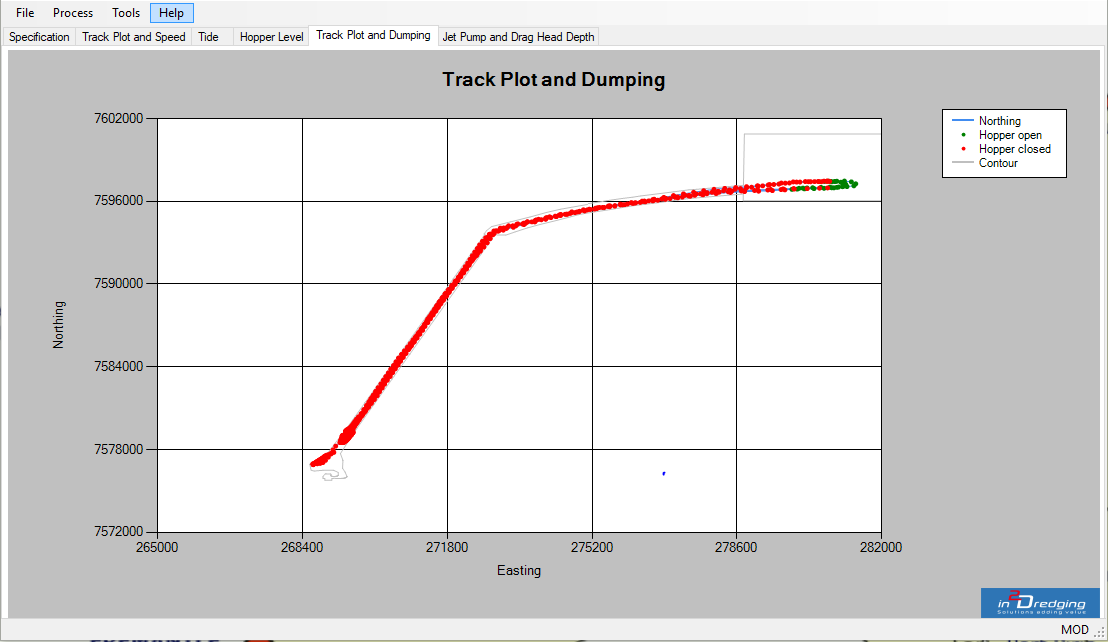in2Dredging has just released an update to its Equipment Performance Review (EPR) tool, version 3.0.0.
The purpose of EPR is to review equipment performance by setting up customised templates. These templates can then be used to quickly check and visualise data stored in any ASCII logfiles. For example, datafiles generated daily by spreads involved in dredging works.
EPR helps set up a range of data checking options, performs simple data manipulations such as multiplication and offsetting, and enables statistical data analysis. In addition, EPR generates charts that include options for conditional plot conditions, such as plotting data points that depend on values in other columns.

New Features
During the last three years, EPR has been used on many dredging projects. This has provided useful user feedback as well as resulting in good practical experience.
One of the recurring comments received from users about EPR was related to the time required for data processing. Taking this comment onboard, in2Dredging decided to redesign the entire processing engine, with the sole purpose of increasing performance. This redesign increased performance by a factor of 15 to 20, as compared to previous versions. The new engine also uses less memory.
Furthermore, the existing reporting mechanism was reviewed and upgraded, which has resulted in more detailed processing and better error reporting. EPR now also includes options for generating overviews of all current columns and chart properties.
Users also requested that a batch processing feature be included in EPR, which has been provided in EPR v3.0.0. The new batch processing feature helps process large amounts of data without user intervention. EPR’s data processing is also fully transparent thanks to the use of progress and error reports available for post-processing inspection.
Lastly, the existing EPR data test suite was extended to include lessons learned from practical project applications, thus improving the quality of the software verification process.
